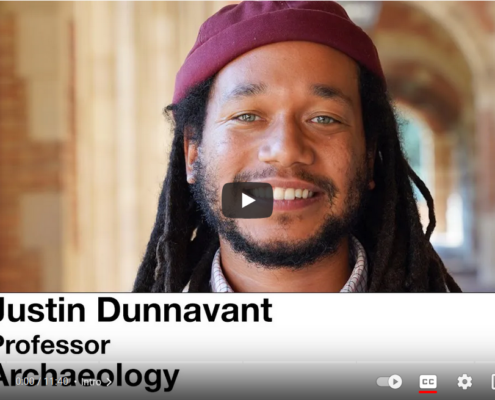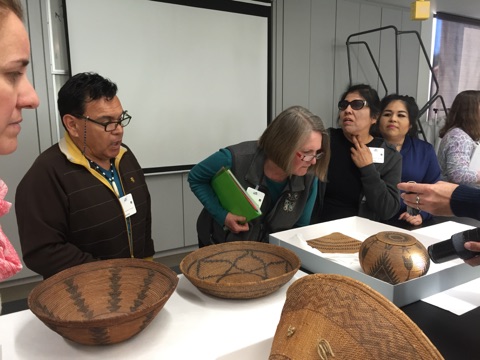Posts

Helping Communities Discover their Truths with Archaeologist Dr. Justin Dunnavant (VIDEO)
LA Social Science interviewed Dr. Justin Dunnavant, Assistant…

UCLA/Getty Looks Back on a Decade of Working with Agua Caliente Cultural Museum
By Professor Ellen Pearlstein, UCLA Information Studies and…

